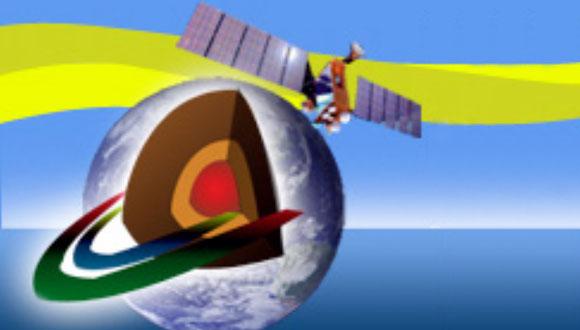Dept. of Geosciences Colloquium: Cenozoic uplift and exhumation of the Himalaya coupled with Indian Monsoon rainfall and ecological transition
Uri Rib, HUJI
Zoom: https://zoom.us/j/97839169890?pwd=WVJUM0FsQ05KZHYyZFBXL2VtZGNhUT09
Abstract:
Indian Monsoon rainfall-intensity has been hypothesized to control the rates of uplift and exhumation of the Himalayas and drive ecologic transition in the Indian subcontinent. Here, we show that the combination of ‘clumped’ and oxygen isotope compositions of detrital calcite in Ganges River sediments is highly sensitive to sediment transport dynamics, and can be used to approximate the variation of basin-integrated rainfall-intensity. Analyses of Early Miocene to Holocene detrital calcite in Bengal-Fan turbidite show a major shift in clumped and oxygen isotope compositions beginning at the late Miocene, which we attribute to the decrease in Indian Monsoon rainfall. Independent proxies measured in Bengal Fan sediments indicate a coeval slowing of Himalayan-exhumation rate and an ecological shift from forests to grassland. The agreement among records is consistent with the hypothesized climatic-tectonic-ecologic interaction. Detrital carbonate minerals derived from Himalayan outcrops are preserved through thousands of kilometers of river transport, indicating that weathering of both carbonates and less-reactive silicate mineral phases has been kinetically-limited. Consequently, we argue that the Cenozoic flux of atmospheric CO2 uptake by weathering of Himalayan derived sediments has been controlled primarily by climate rather than tectonic activity.
Event Organizers: Dr. Roy Barkan and Dr. Asaf Inbal


